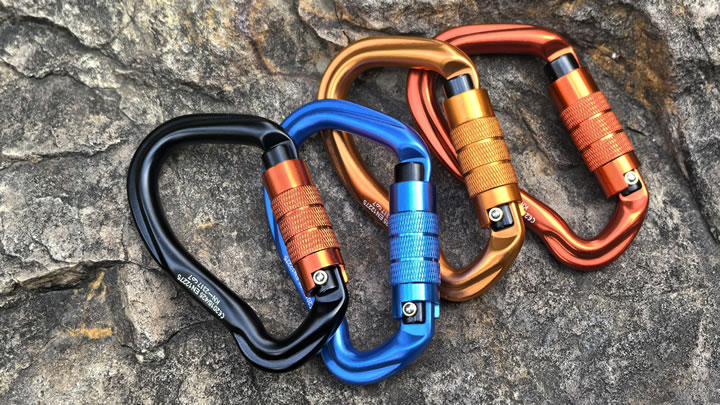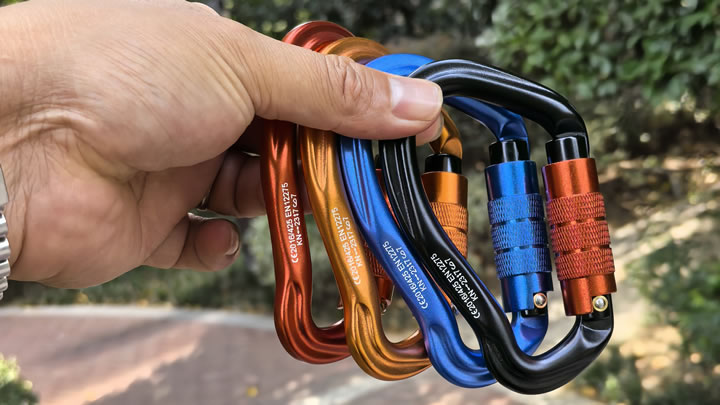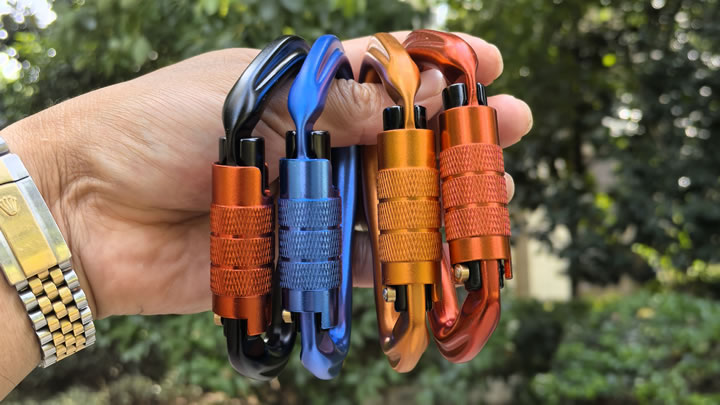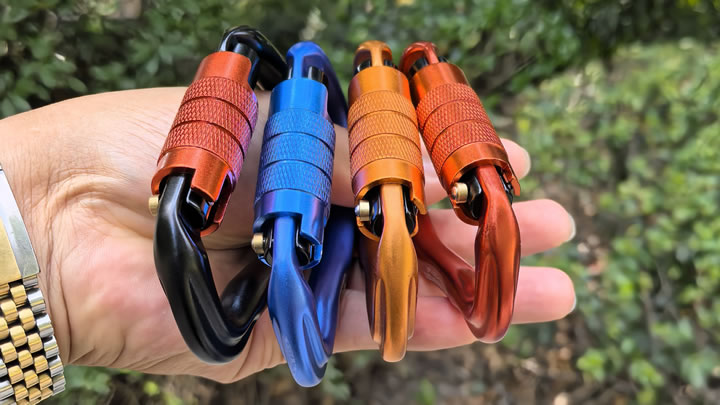Are trekking poles necessary for lightweight hiking?
Trekking poles spark debate among hikers: Are they essential tools or unnecessary weight? For lightweight hikers prioritizing speed and efficiency, the answer depends on terrain, pack weight, and personal biomechanics. Let’s dissect the pros, cons, and scenarios where poles shine—or fall flat.
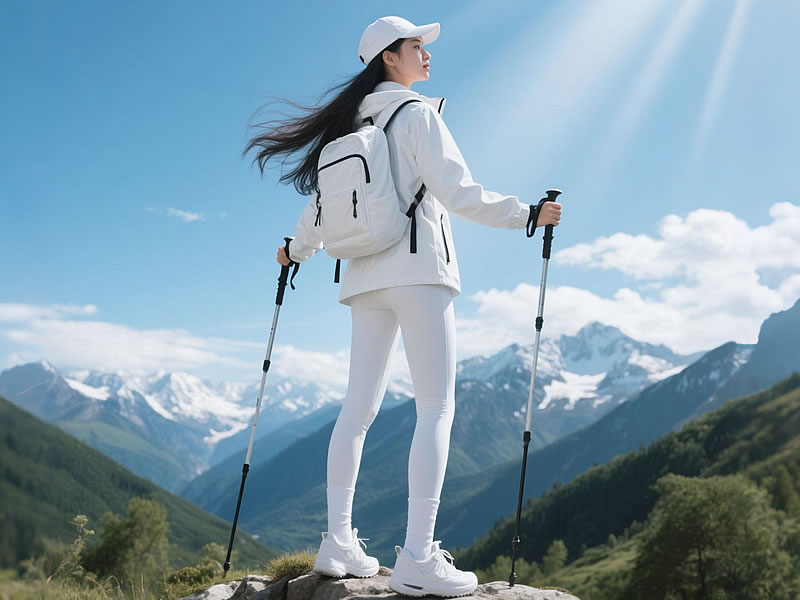
1. The Case for Trekking Poles: Why Many Swear By Them
- Joint Protection: Poles reduce impact on knees and hips by 20–30% on descents, critical for long hikes or heavy loads.
- Balance Boost: Navigate slippery rocks, river crossings, or loose scree with quadrupedal stability.
- Power and Speed: Engage upper body muscles to propel forward, improving pace on flat trails.
- Multipurpose Use: Double as tent poles for ultralight shelters (e.g., Zpacks Duplex) or emergency splints.
Ideal for: Steep/uneven terrain, hikers with joint issues, or packs over 20% of body weight.
2. The Counterargument: When Poles Add More Hassle Than Help
- Weight Penalty: Carbon fiber poles weigh 8–16 oz (225–450g)—a burden for ultralight purists.
- Learning Curve: Poor technique (e.g., incorrect grip or rhythm) can strain shoulders or slow progress.
- Terrain Limitations: On smooth, flat trails, poles may feel redundant and hinder natural arm swing.
Skip them if: Hiking short distances, prioritizing minimalist setups, or confident in balance.
3. Key Factors to Decide If You Need Poles
- Trail Type:Technical terrain (e.g., Rockies, Alps): Poles enhance safety.Flat, well-maintained trails: Optional or situational.
- Pack Weight:20 lbs (9kg): Poles reduce fatigue.<10 lbs (4.5kg): Less critical.
- Fitness Level:Weak knees/ankles: Poles add stability.Strong hikers: May prefer hands-free agility.
4. How to Choose the Right Trekking Poles
- Weight: Carbon fiber (lighter) vs. aluminum (durable).
- Grip: Cork (sweat-resistant) vs. foam (cushioned).
- Features: Foldable (for packing) vs. fixed-length (sturdy).
- Brands: Black Diamond Distance Z (carbon), LEKI Micro Vario (adjustable).
Pro Tip: Test poles on inclines—adjust length for uphill (shorter) and downhill (longer).
5. Alternatives to Traditional Trekking Poles
- Ultralight Fixes:Single Pole: Use one pole for balance while saving weight.Natural Staffs: Carve a wooden stick mid-hike (free but less reliable).
- Strength Training: Improve core/leg stability to reduce reliance on poles.
6. Expert Tips for Efficient Pole Use
- Rhythm Matters: Sync pole plants with opposite footsteps (left pole + right foot).
- Wrist Straps: Use them to transfer weight without gripping tightly.
- Maintenance: Clean mud from tips to prevent slippage and extend lifespan.
Conclusion: Context Is King
Trekking poles aren’t universally mandatory but excel in specific contexts. For lightweight hikers tackling technical trails or carrying moderate loads, they’re a strategic asset. On easy day hikes or ultralight fastpacking trips, their value diminishes. Test poles on varied terrain, refine your technique, and let your hiking style—not trends—dictate your choice.


